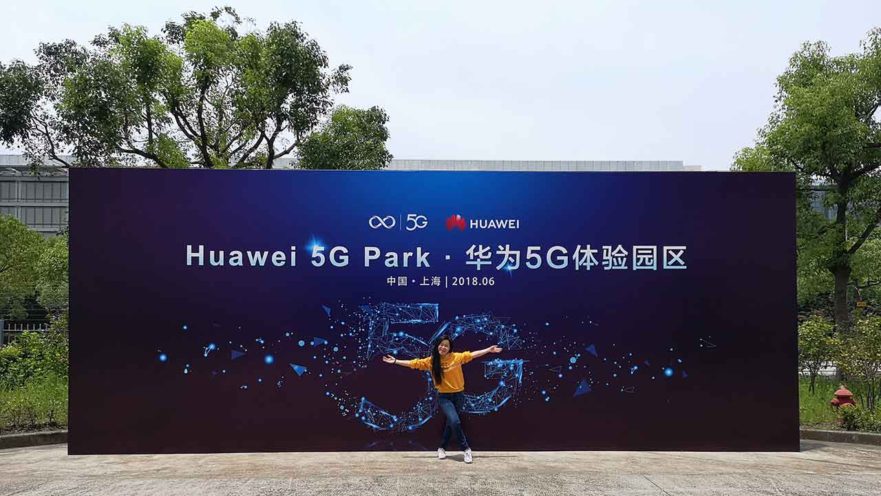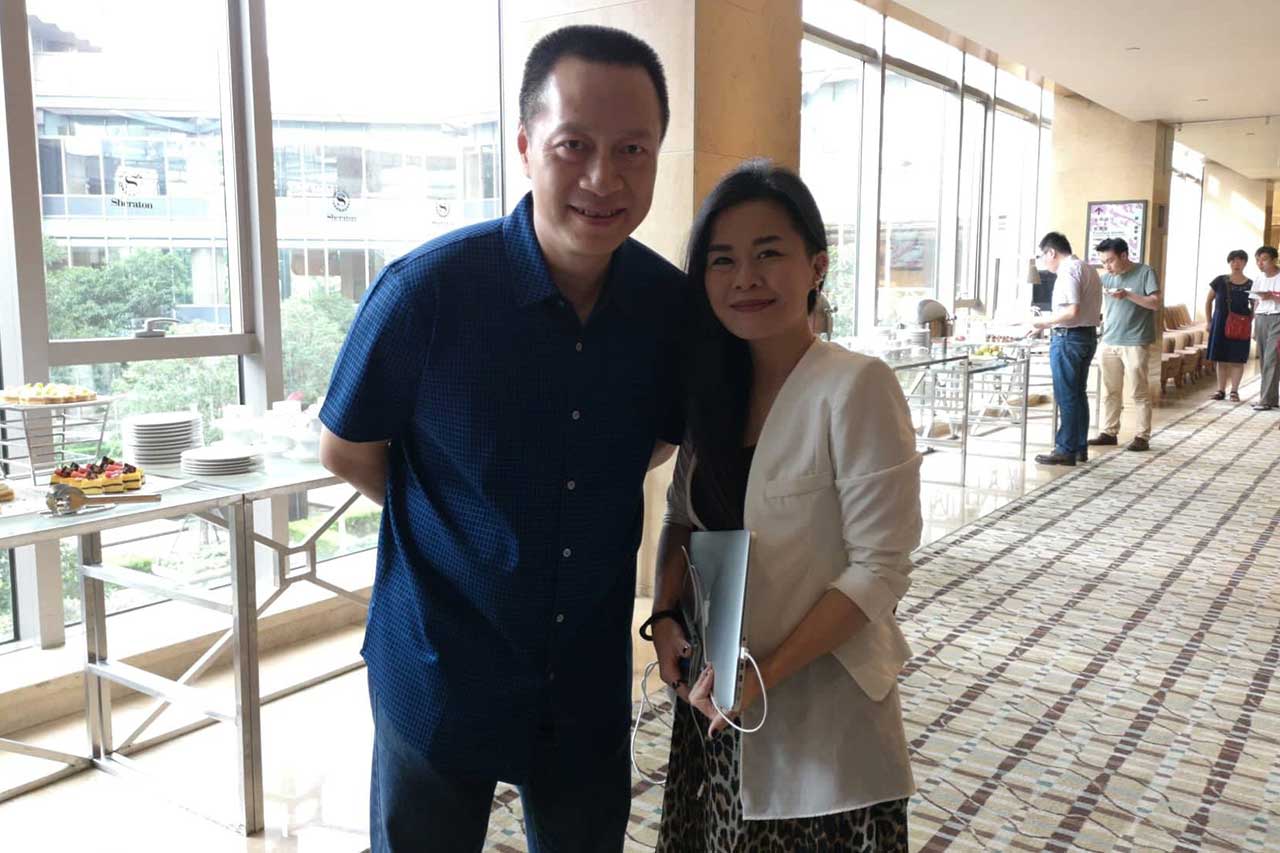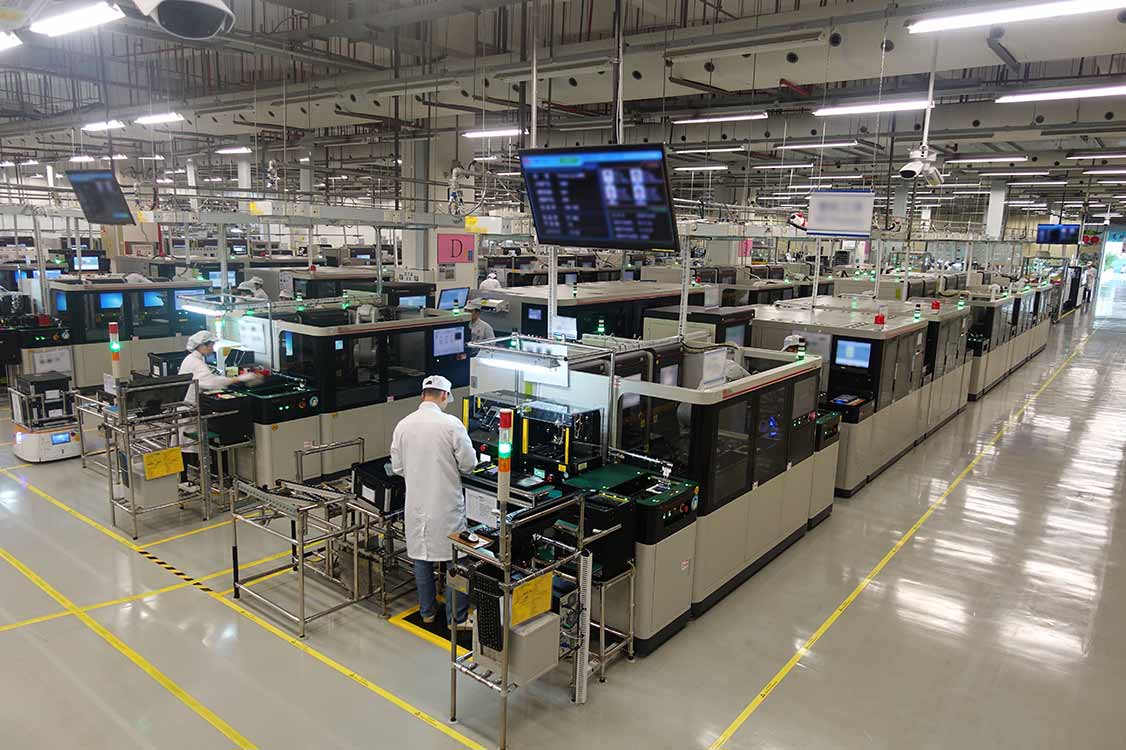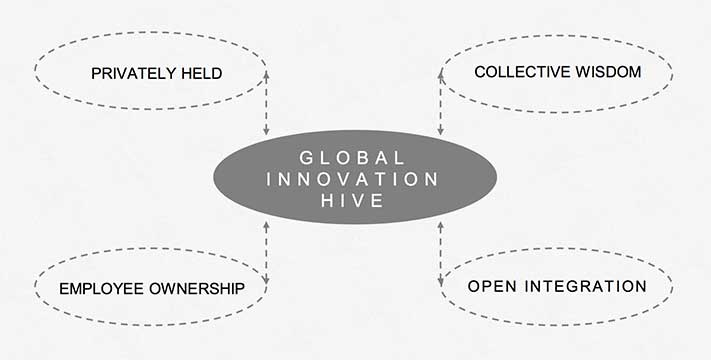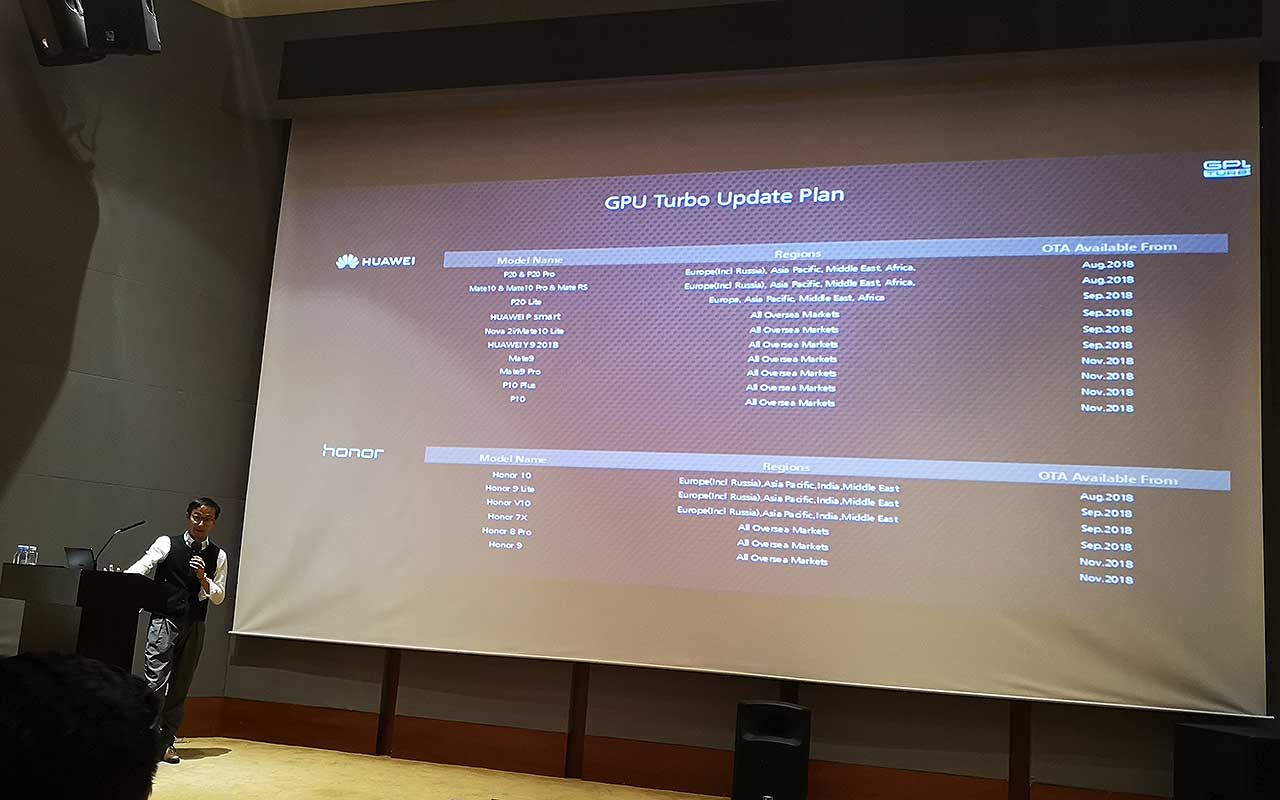I went to China for the Huawei media familiarization trip not expecting a lot from it. I came back to the Philippines with a newfound respect for the company and the people who work there.
While there was a sense of pride and confidence in what they have done and what they are doing thus far, I felt that they respect what their competitors are doing and are not about to rest on their laurels.
SEE ALSO: Huawei to debut gaming-focused, foldable, 5G phones soon
When asked what he thought of other brands’ products with pop-up cameras, vice president for handset business Li Changzhu was even enthusiastic about them. He said innovation should be encouraged in the smartphone industry.
“We need this kind of trials,” he answered. “Whether the experience is good or not… that should be up to the users. Overall, it’s good for the industry and for the consumers as well.”
Changzhu and the other Huawei executives I met during the trip didn’t give off an aura of invincibility — something I believe is sorely needed if you don’t want to fall from grace. You may be at the top now, but the fall could be steep if you are complacent.
Huawei seems to take that to heart. It has continued to increase its investment in research and development and put in place a system that combines China’s engineering implementation capabilities with innovative ideas from the West.
In fact, Huawei now has 16 R&D centers, 36 joint innovation centers, and 45 training centers worldwide. And about 70,000 of its employees in 170 countries — more than 45 percent of its global workforce — are in R&D.
Huawei has 16 R&D centers, 36 joint innovation centers, and 45 training centers worldwide. And about 70,000 of its employees in 170 countries — more than 45 percent of its global workforce — are in R&D.
You can see the commitment to quality just from that alone. Huawei president for consumer business group Jim Xu affirmed this. “In the past, it was all about ‘give the customers something cheaper, cheaper, cheaper’ to make a quick buck, so we made a lot of mistakes. We have learned from that.”
I got a glimpse of that commitment when I visited Huawei’s different facilities in China. At its Device Reliability Testing Center in Shanghai, for example, I saw how the smartphones went through rigorous quality tests before being given the go signal to be shipped.
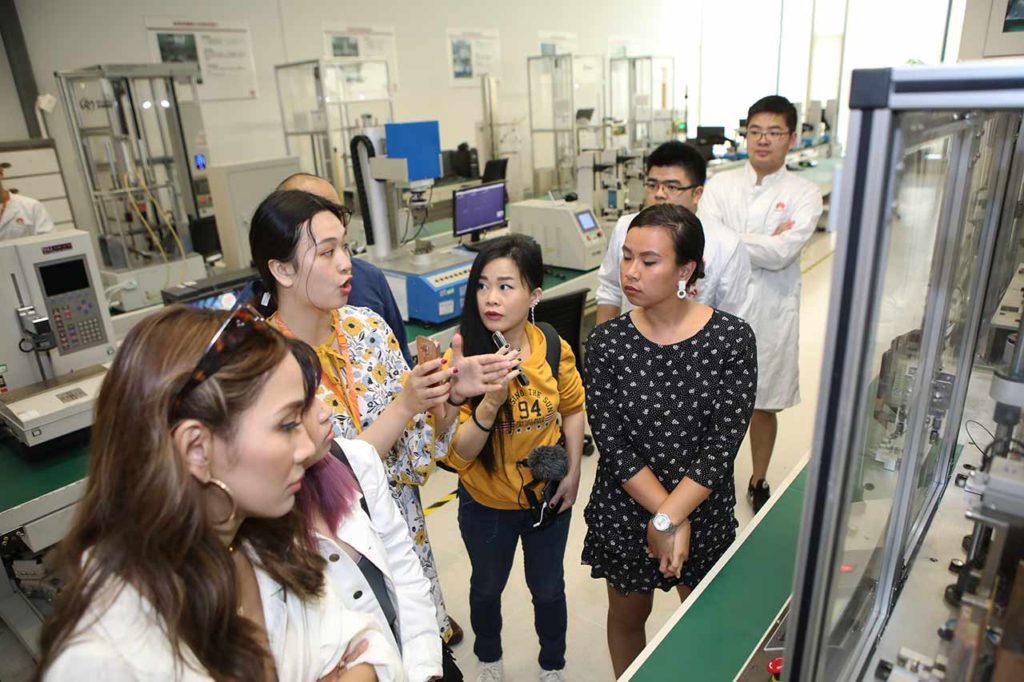
At Huawei’s Device Reliability Testing Center in Shanghai, China, where smartphones go through rigorous quality tests before being shipped
Watching smartphones go through the wringer
In the key and screen press test, a Huawei handset is subjected to 1 million presses. In the tumble test — where situations like a phone falling down the stairs are replicated — a unit is placed in a rotating roller, tumbling at least 500 times from a height of one meter. In the table-drop test, a device is dropped from different angles 4,500 times from a height of one meter, simulating scenarios where a user accidentally — well — drops it from a table.
READ ALSO: Huawei MateBook X Pro laptop with pop-up cam to get Philippine release
Those are just a few of the many quality tests a Huawei smartphone has to go through to make sure that the one you eventually buy will last for years.
At the company’s factory in Songshan, where its 1.25-million-square-meter-big, European-inspired campus is located, I saw how the handsets were assembled. To say it was interesting is an understatement.
Huawei Campus in Songshan Lake
Media delegation from the Philippines and Vietnam
In 2017, Huawei — China’s largest smartphone vendor and the world’s third biggest next to Samsung and Apple — shipped 153 million devices worldwide. In the first quarter of 2018, it obtained a market share of 11.3 percent, up from 8.8 percent in the same period last year. Of the total number of shipments from January to March, 33.1 percent were premium products such as the Mate 10 series. Compare that to last year’s 28.6 percent.
In 2017, Huawei — China’s largest smartphone vendor and the world’s third biggest next to Samsung and Apple — shipped 153 million devices worldwide.
Numbers don’t lie, and they tell us a positive story thus far. Again, Huawei attributes its solid business growth to its focus on research and development for long-term growth and its decision to tap talents globally and work closely with partners from the industry (Leica comes to mind), academia, and research institutes from around the world.
It also credits its rise from a company with only $3,500 as an initial investment in 1987 to a tech giant with a total annual revenue of $92.5 billion in 2017 to other factors that make it different.
In case you didn’t know, Huawei is privately held. It’s owned by employees, with its founder, Ren Zhengfei, holding only 1.4 percent of the total shares.
It believes in collective wisdom, meaning every single decision is made by Huawei as a whole. Whereas most other companies are each controlled by one CEO, Huawei has three independent CEOs rotating every six months since 2004 — Guo Ping, Ken Hu, and Eric Xu currently — in order to be more democratic and to stay fresh.
And it wants to stay focused. It’s not dabbling in household appliances or any other products at any time soon. It wants to concentrate on its core competencies. The focus has always been this: to become one of the most prominent software developers, the world’s biggest telecommunications supplier, and a world-class mobile-phone manufacturer.
Huawei is owned by its employees, with its founder holding only 1.4 percent of the total shares. It has three independent CEOs rotating every six months since 2004. And it wants to stay focused on its core competencies.
Because of that, Huawei says it knows that for a smartphone to be great, the product has to support fast communication and chip-centric computing and be designed durably.
The innovation that Huawei claims it wants is innovation that helps consumers solve their pain points — slow performance, poor camera experience, and a battery that doesn’t last long. In short, an innovation that’s meaningful.
So what’s next for Huawei? What is it up to? I learned that one of its biggest investments now is in 5G research — something that’s also tied up with smartphones, as the latter will catalyze 5G evolution, Huawei senior director for 5G NR wireless connectivity Howy Shu said.
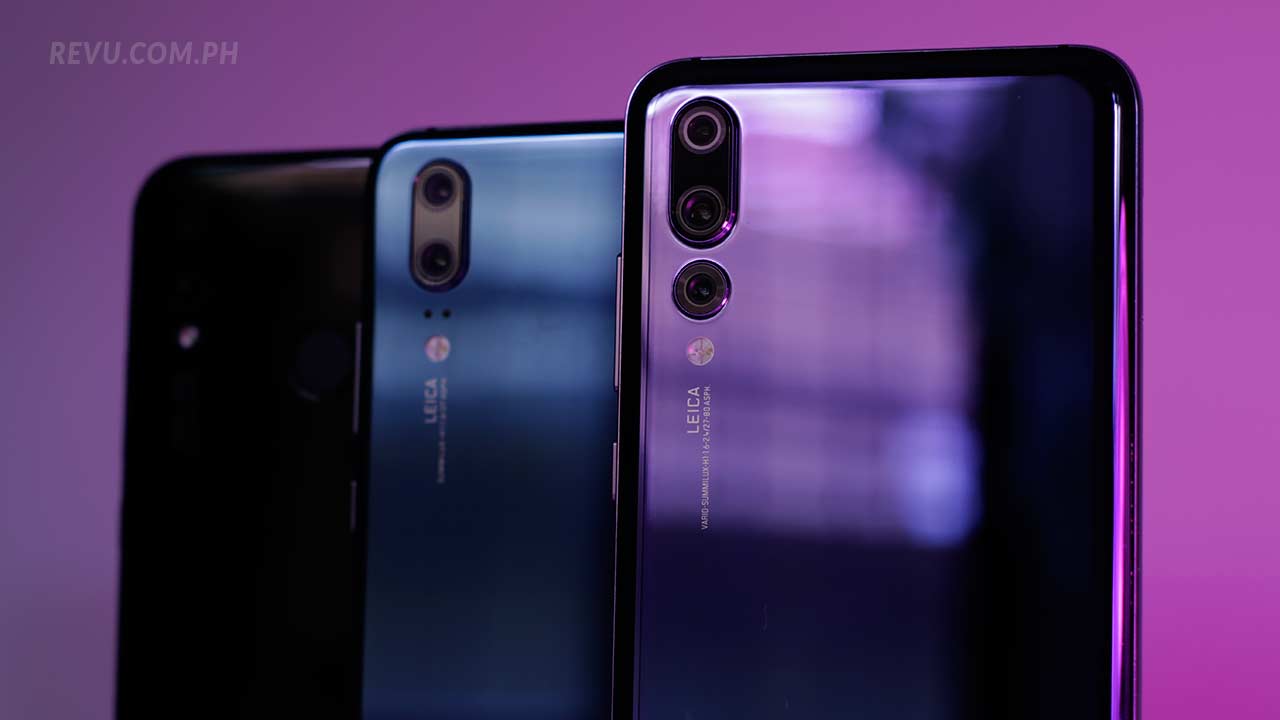
One of Huawei’s biggest investments now is in 5G research — something that’s also tied up with smartphones, as the latter will catalyze 5G evolution, Huawei senior director for 5G NR wireless connectivity Howy Shu said.
The company has allocated at least $600 million in the innovation of 5G technology by 2018. It is also heavily involved in 5G research projects in the European Union. In the Philippines, it’s already working with both Globe Telecom and Smart Communications.
Globe last month announced that it will provide its first 5G offer by the second quarter of 2019. Smart, on the other hand, has been teasing Filipino consumers with results of speed tests it conducts at the new Smart 5G Technolab.
Huawei is likewise busy with the rollout of the newly announced GPU Turbo technology, which uses hardware and software integration to accelerate graphics performance by up to 60 percent while reducing power consumption by as much as 30 percent. If that is not a marketing gimmick, we could be looking at a significant smartphone breakthrough.
The next few months — years even — will be another interesting phase, as we watch manufacturers try to create something that’s more than just a rectangle unit with a high screen-to-body ratio.
I expect Chinese brands like Huawei to still dominate the industry, brought about by an innovation wave in China that’s fueled by its population and a kind of manufacturing ecosystem that makes it possible for a company to put any kind of product into production rapidly at a reasonable cost. What a great time to cover the technology scene.
Share this Post


